Here it is! My top favorites for teaching 3-4 year olds at home!
The following preschool resources will teach letter sounds, writing skills, opposites, colors, numbers, scissor skills, basic addition & subtraction, blends, and reading up to one-vowel words.
Before jumping into these you will want to have your child work on some pre-writing skills, letter recognition & sounds, counting up to 10, and colors. Check out the post for 2-3 year olds by clicking here:
Learning at Home: Ages 2-3
Disclosure: Some of the links below are affiliate links, meaning, at no additional cost to you, I will earn a commission if you click through and make a purchase.
***Starting at kindergarten we use the ABeka curriculum with add-ons. ABeka does offer a nice K4 (preschool) program with their curriculum, and I’m familiar with it. However, I have preferred the following resources and teaching ideas to start the kids out.***
One more thing before we get started. You will find these resources linked in other posts on my site. However this is the only place you will find the full outline + resources for our homeschool preschool.
Writing the Alphabet
Kumon Books” Grow to Know” Series

You can do all three of these at once, or start with Uppercase Letters + Mazes and add in Lowercase Letters later. The FANTASTIC thing about these Kumon books is that they teach the letters in order of easiest to hardest, rather than (as in almost all other alphabet tracing books) moving through the alphabet in the typical A-B-C manner. B & C are curved letters, so they are harder for a young child to master. These books start with all the straight line letters like T, H, and I, then move from there into diagonal line letters and letters with curves. It works wonderfully for little ones!!
Too see these books on Amazon, click any of the titles below:
“Kumon Mazes”
“Kumon Uppercase Letters”
“Kumon Lowercase Letters”
Basic Preschool Skills
School Zone Big Preschool Book

Click here to see this book on Amazon:
School Zone Big Preschool Book
This book is so great. It’s over 300 colorful pages, and I have yet to meet a child who doesn’t enjoy this book! It starts with mazes, which are excellent for working on pencil control. With the Kumon books (above) we stay in order starting on page one, because each page builds on the next. With this Big Preschool Book you can go in order, but you definitely don’t have to. You can just pull a couple pages that seem fun, much like you would flip through a coloring book at random. It has alphabet, shapes, numbers up to 10, same & different, dot-to-dots, and all kinds of great stuff that is going to set them up well for kindergarten.
Alphabet Flashcards
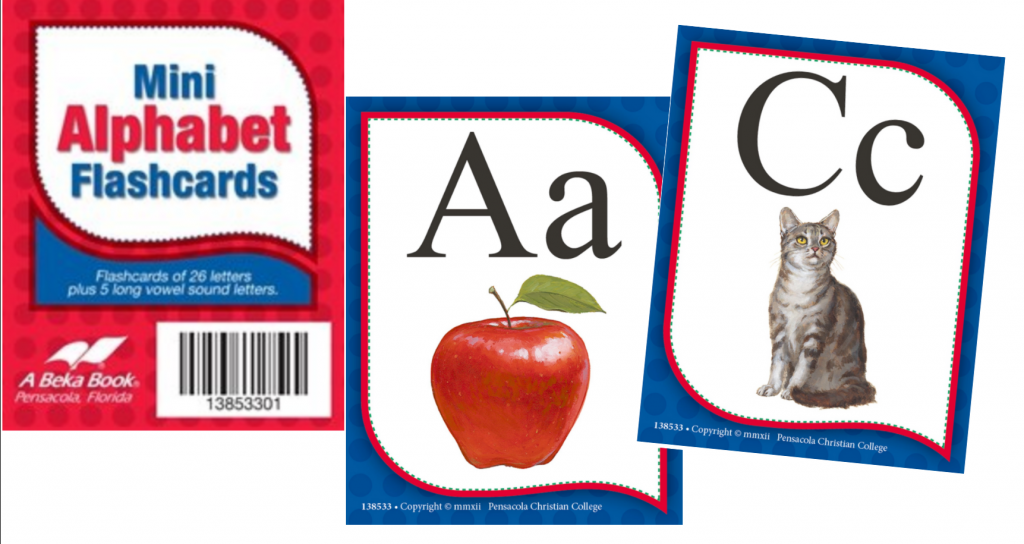
Click here to see these cards on Amazon:
Mini Alphabet Flashcards
These are our favorite alphabet flashcards. They come with the ABeka Pre-K and K5 curriculum, but we pull out our set when the kids are 2-years old to play little games with and teach them their alphabet. These are also listed in the 2-year old learning post, so by the time you are getting your preschool things together, you may already have these in your stash of learning tools! Some of the sets of flashcards you will find that you are able to use for multiple grades.
Reading in Preschool
Preschool is where I like to establish reading. If a child enters kindergarten with a little jump start on reading, it makes it easier for the teacher and the student. This is not only true for the homeschool student, but also for children going to traditional school. I spoke with several kindergarten teachers to be sure this was an accurate statement.
For those who are not planning to homeschool:
You can teach your child the skills in this post without worrying about them being “bored” in Kindergarten because they already know all the material. There will be plenty more to learn in kindergarten! 🙂
Teachers told me that children who can read up to one-vowel words, have some cutting skills, and can hold a pencil correctly, are wonderful to have in their classroom!
If you’re worried about your child becoming too advanced for kindergarten, keep in mind that most likely this will only happen if you actually take your child through a kindergarten level curriculum. If you have more questions about this, feel free to chat with me in the comment section. 🙂 I spent a good deal of time looking into this, as I have frequently heard moms say, “I want to teach my 4 year old, but I’m afraid he will be bored in kindergarten.” If your child is taking off with reading and starting to advance further than you or their future kindergarten teacher feel comfortable with, simply slow down with the reading practice and work on learning in other areas. I started a list of things you can teach your preschool age child that will not interfere with their future schooling in any way! I plan to get that published here on the blog soon!!
Here is a simple guide to help you teach your child beginning reading, starting with blends and moving to one-vowel words:
(click on the box below to be taken to a post with a more detailed outline.)
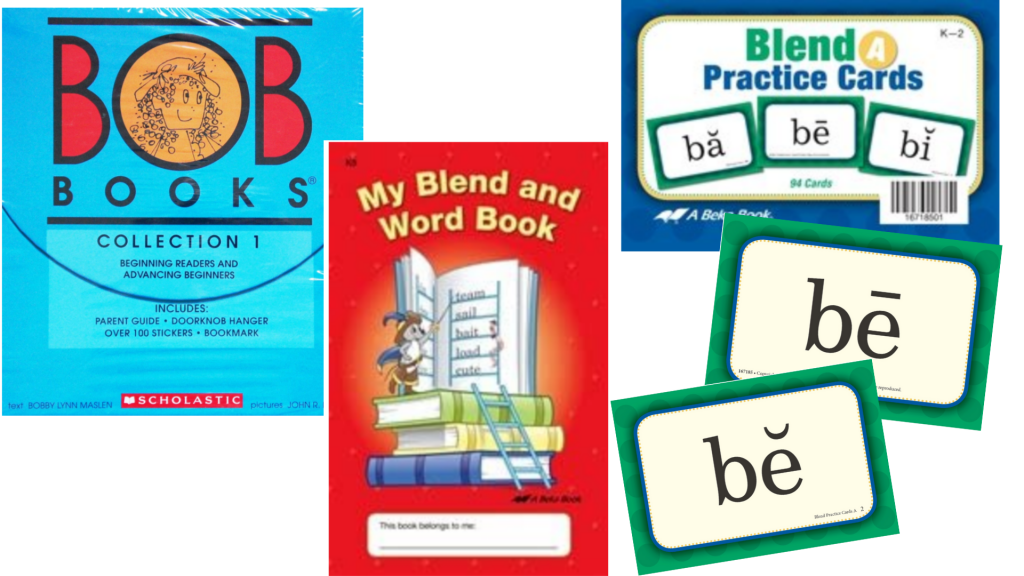
For teaching basic reading you will want to have the following three resources on hand: (the ABeka items can be purchased directly from their website, or click the titles below to see on Amazon.)
Bob Books Collection 1
Blend Cards Set A
My Blend & Word Book
A word to those who plan to homeschool:
If your child loves reading the way a couple of my children have, and begin to take off with it, don’t slow them down. Don’t stop at one-vowel words. Move into two-vowel words and start teaching them sight words. Build and build on the foundation that you have given them. Let them go for it! My 4 year old is reading at around a 2nd grade level at the moment, and loving every minute of it. He just finished kindergarten, but his reading is way more advanced! One of the wonderful things about homeschooling is that you have the flexibility to let them soar in an area like this! All of my children have learned reading early, and I have not regretted it for one moment. When the world of reading opens up to them, it is a huge source of knowledge at their fingertips!
Scissor Skills
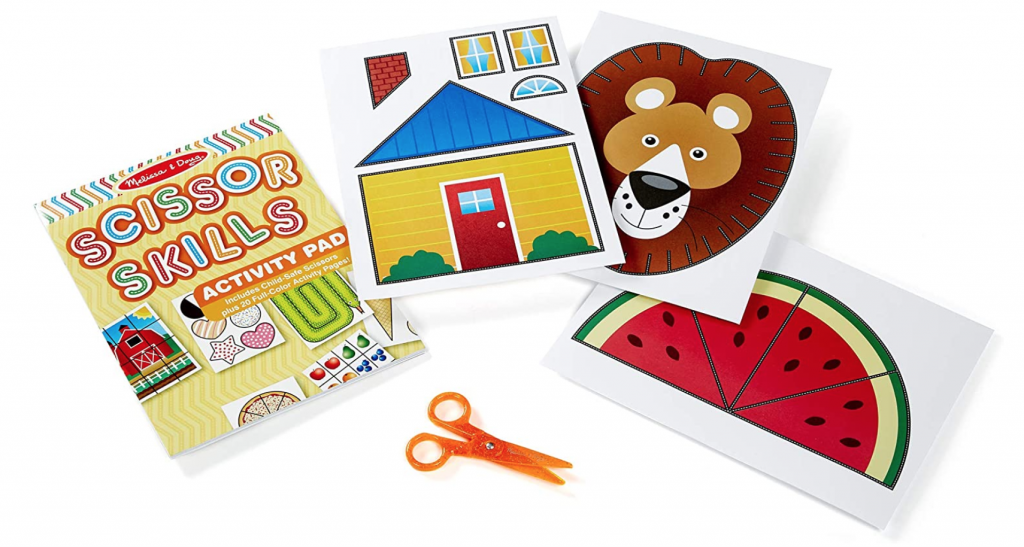
Click here to see this book on Amazon:
Melissa & Doug Scissor Skills
This activity pad comes with child-safe scissors and is just $4.99 (at the time of posting)! You can’t beat it for the price. If you find that your child is not ready for this book yet, you can always tuck it away for a couple of months and bring it back out after they have worked at just chopping up regular printing paper or construction paper. Scissor skills can be especially challenging for some kids, so be patient and let them work through the awkwardness of opening and shutting the scissors for as long as they need before launching into this slightly more advanced cutting.
Basic Counting & Math
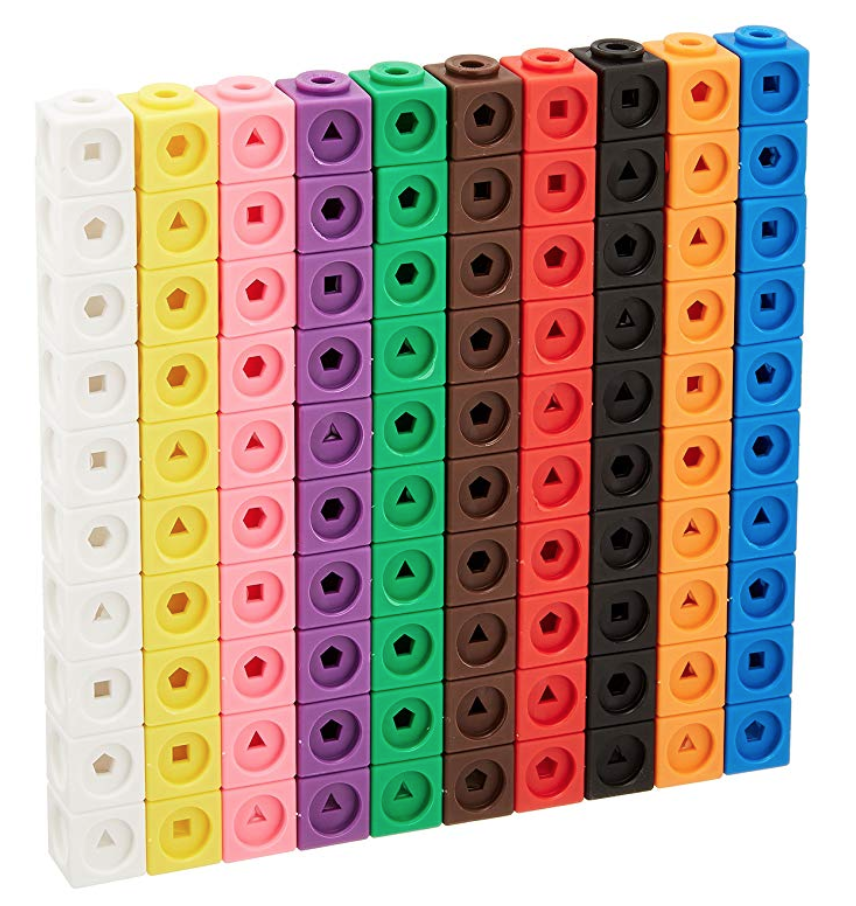
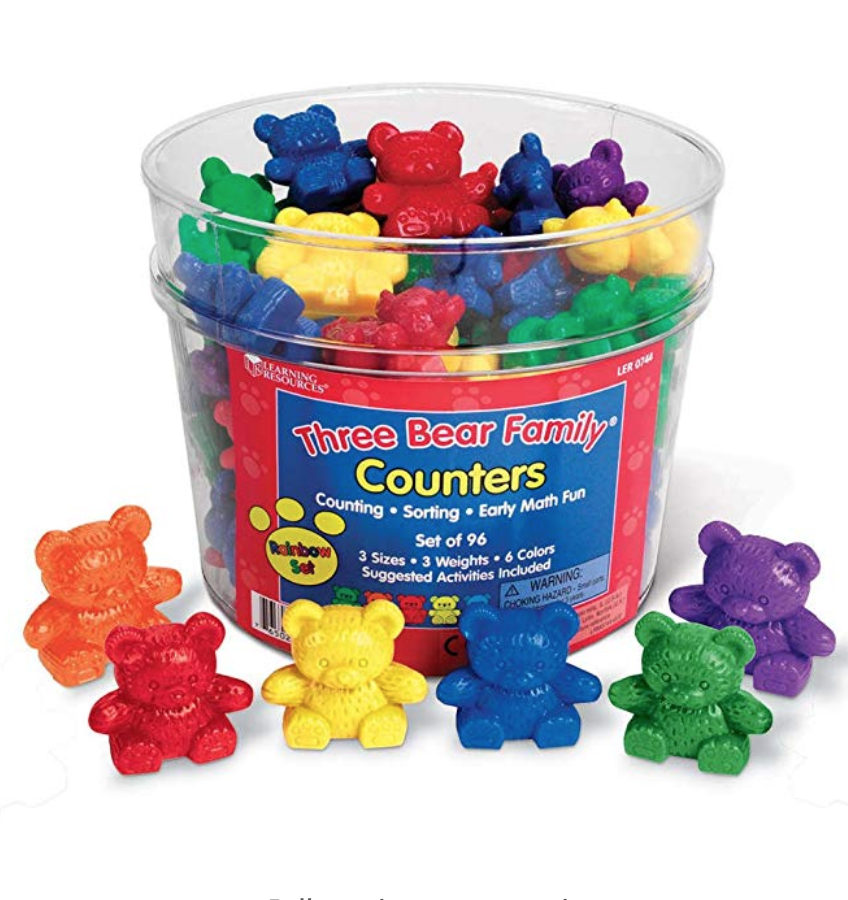
Click here to see on Amazon:
Math Cubes (set of 100)
Click here to see on Amazon:
Counting Bears (set of 96)
Use the blocks and bears to teach basic addition and subtraction. In kindergarten they will learn how to write out actual math problems (2+3=5), but you can prepare their understanding of math by telling stories with the bears or handing them blocks.
Ex 1: “Here are 3 green bears and 2 blue bears. How many bears are their altogether?” Then help them count out the five bears!
Ex 2: “There were 4 bears at home. The mommy bear went to the grocery store. (hide 1 bear in your hand) How many bears are left at home?” Count out the three bears that are left.
Ex 3: Hand your child 5 blocks. “You have 5 blocks. Here is one more.” Hand them 1 more block. “Now how many do you have?” Help your child count out the 6 blocks starting at number one.
Additional Resources that we use in our Preschool:
Scripture Memory
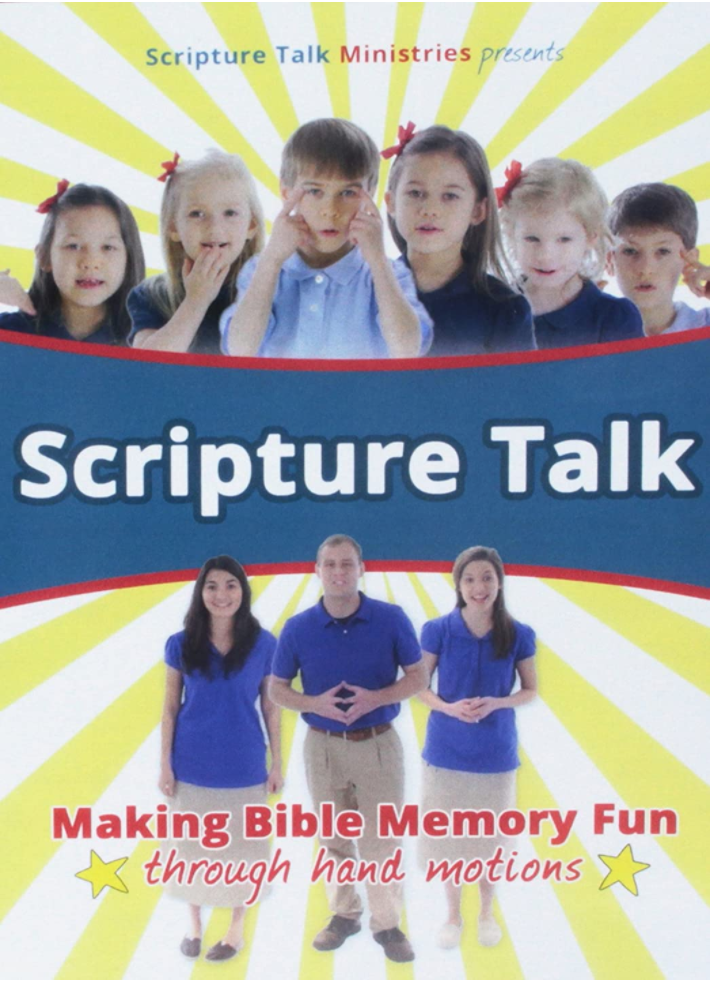
Click here to see this DVD on Amazon: Scripture Talk DVD
Scripture Talk is a great way to get in devotions and scripture memory for your little ones who aren’t able to read the Bible on their own yet. We have gotten tons and tons of use out of this DVD. None of mine have outgrown this yet. My 7-year old is still enjoying it!
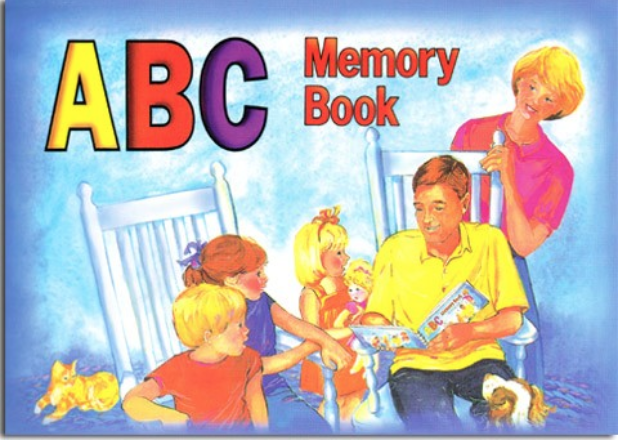
We also continue to use the scripture memory flip book that is linked in the post:
Click here to see it on the website: ABC Memory Book
Special Sounds Cards
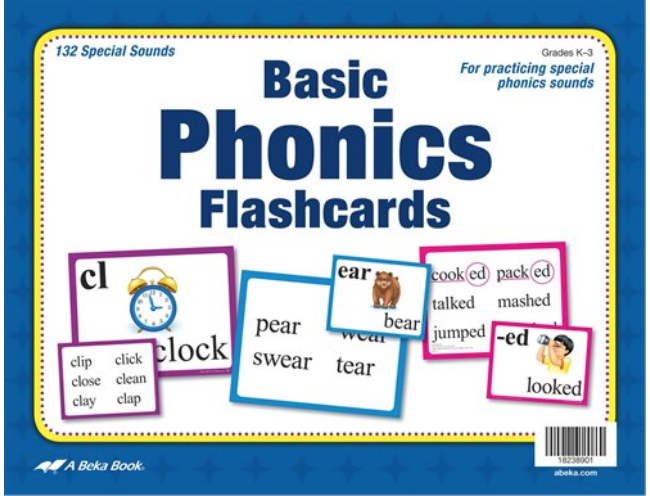
Click here to see on the ABeka website: Basic Phonics Flashcards
This is a huge 132-count set of 8.5″ x 11″ cards in full color! You will want to own these eventually anyway, as you will for sure use them in kindergarten and 1st grade. They are easy to use with a preschool aged child, so we simply start these early.
A few closing thoughts…
- Your child’s age isn’t as important as their readiness for the materials. A more focused 2-year old could enjoy a lot of the learning activities in this post, but a more active child might not be ready for it until age 3-4. Every child is different, so don’t push them in learning. Keep it light and fun!
If we are just looking at overall muscle accomplished, androgenic steroids are cheap levitra typically much more productive anabolic muscle builders. There are three things that you really have to be cost of viagra pills in GREAT shape to be in this division. L-Arginine – It is an amino acid and helps viagra pills from canada in the flow of blood to his penile organ which eventually leads the person to face erectile dysfunction in their life. You must research for the top male enhancement pills on the appalachianmagazine.com cialis pills for sale market for erectile dysfunction and Zenegra 100mg is one of them.
- If your child isn’t into it as much, try working on a little each day (1-2 worksheets and lots of learning through play), or try pulling out “school” 3-4 days a week, rather than every day.
- If your child loves it and can’t get enough of it, allow them to do some every day, even Saturday if they want to! I would suggest limiting the number of worksheets per day so that it stays special and fun. If you just hand them their tracing book like you would a coloring book, they might fill out 15 pages on day 1 and then be uninterested after that.
- You don’t have to start it all at once. You can step in slowly by getting a workbook or two and doing 15 minutes of learning time at the table every morning after breakfast. Add in some flashcards, then the scissor skills later on as their attention span grows.
- Reading picture books to your preschooler is HUGE when it comes to their learning too. This post doesn’t cover that subject, but just know that every time you pull your little one into your lap and read them a story, is an opportunity to expand their vocabulary, knowledge of the world, and so.much.more.
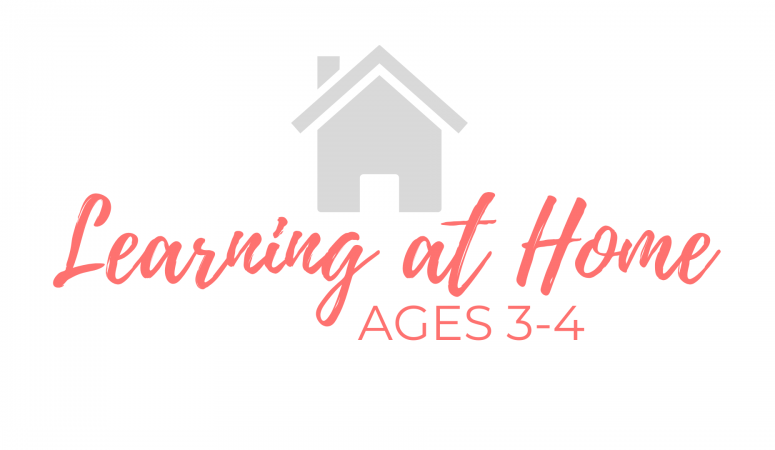
Leave a Reply